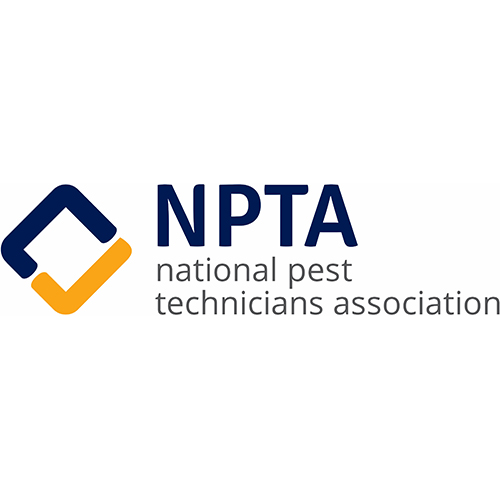Winning The War on Rodents - How Effective IPM Can Help
19th August 2024
A detailed guide
Winning The War on Rodents - How Effective IPM Can Help
19th August 2024
Mastering The Swarm - The Power of ULV Fog for Flying Insect Control
10th June 2024
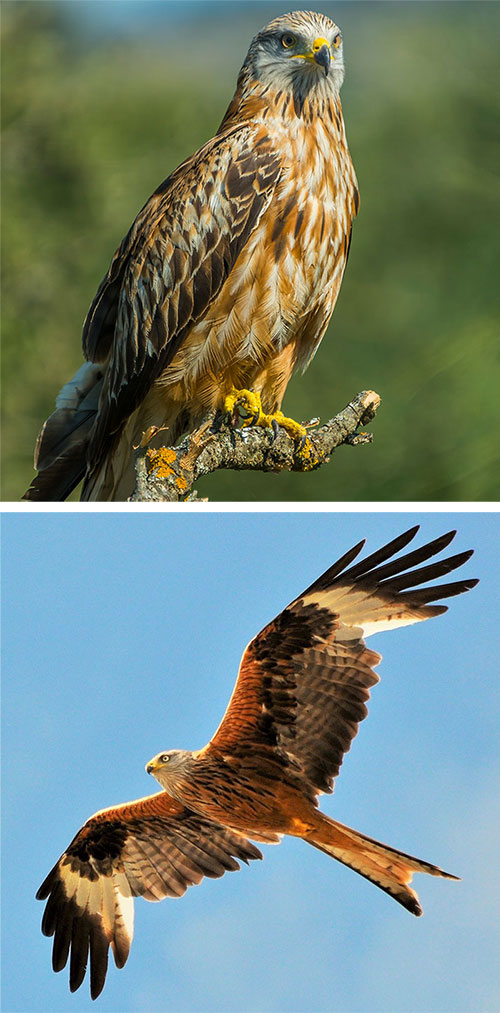
Family: Hawk & Eagle
Conservation Status: Near Threatened
Habitat: Woodlands to wetlands. Hilly country with open grasslands
Diet: carrion, rabbits, young hares, voles, field mice, birds & worms
Appearance: Yellow Eyes black, chestnut, grey and reddish-brown long narrow black-tipped wings with white patches underneath its body. A long forked Tail. Sharp hooked beak.
Average body length: 60cm
Average Wingspan: 170cm
Average weight: 1 - 1.4 Kg
Extra Info: illegal use of poisoned baits, not set specifically for red kite, continues to be a major threat. Red kites are protected. Distinctive high pitch mewing sound. Red Kites were heavily persecuted to near extinction, careful protection has brought breeding numbers to a less endangered level.
................................................
Tyto alba
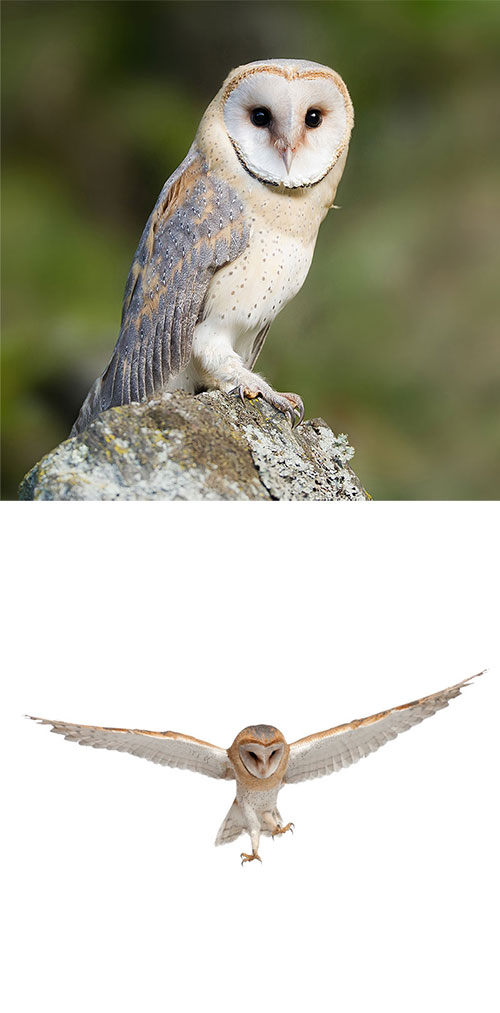
Family: Owl
Conservation Status: Least Concern
Habitat: Open Countryside, field and riverbanks
Diet: Mice, Voles, Shrews
Appearance: Heart-shaped face, the head can rotate 180 degrees each way. White feathers underneath, brown-grey on top. Long-Sharp talons. Short but powerful curved beak
Average body length: 250mm
Average Wingspan: 850 mm
Average Weight: 430 -620 g
Extra Info: Can fly almost silently due to large wings and very soft feathers. It was discovered that it was cheaper to install nest boxes as a pest deterrent than conventional rodenticides in certain rural farming areas. Barn owls screech, Tawny owls hoot.
Has extremely acute hearing.
................................................
Falco Tinnunculus
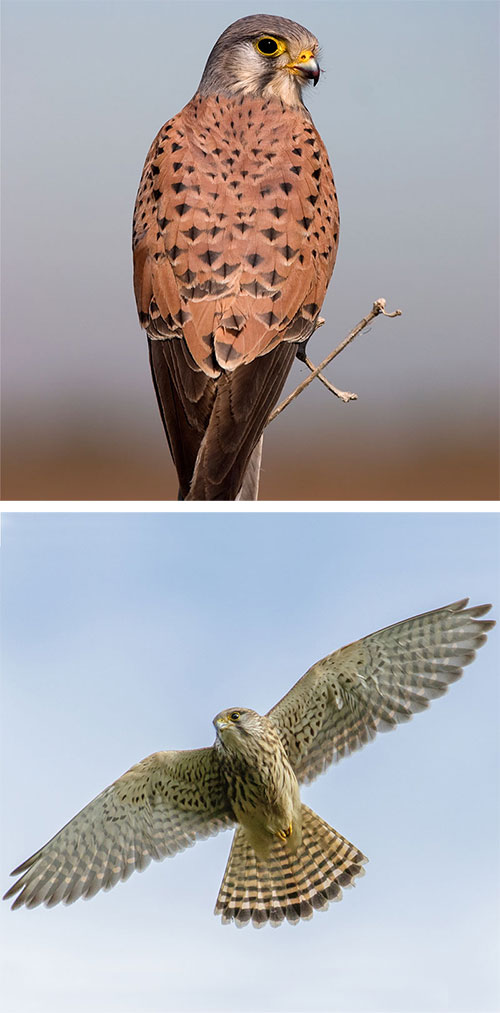
Family: Falcon
Conservation Status: Least Concern
Habitat: Moor & Heaths, Urban Areas
Diet: Small mammals, lizards & large insects
Appearance: They are a lighter chestnut brown colour complete with black speckled spots on their underside. Tail is brown with black bars down them with a black tip. Smaller than typical birds of prey.
Average body length: 32-38 cm
Average Wingspan: 65 - 82 cm
Average Weight: 110-150 g
Extra Info: Mainly noticed by typical hovering behavior around 10-20m high. Kestrels eyes are ultraviolet sensitive which allows them to see vole trails and follow scent marks.
................................................
Buteo buteo
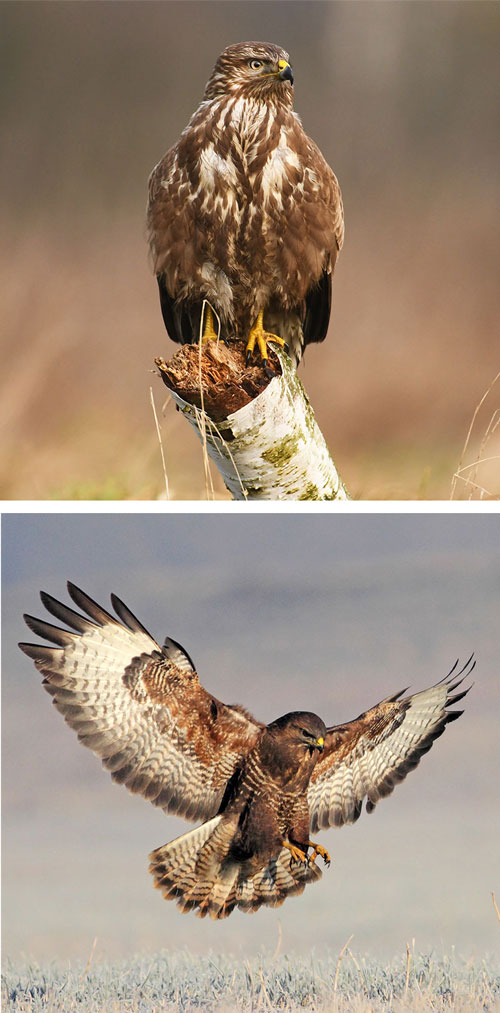
Family: Buzzard/Hawk
Conservation Status: Least Concern
Habitat: Edge of Woodlands and open land, moorland, marshland
Diet: pheasant, rabbit, small mammals to medium mammals, snakes and lizards, Worms & insects, Carrion
Appearance: Plumage varies from Dark Brown to near black with lighter streaks on their underside. Black-tipped short stubbed tail. Large broad wings. Rounded head. Underparts are lighter than upper. Females are slightly larger than males.
Average body length: 40 - 58 cm
Average Wingspan: 0.5 - 1.4 m
Average Weight: 450- 1400 g
Extra Info: UK’s most common bird of prey, flies in a high circular pattern searching for prey. Makes a mewing ‘Pee yoo’ Sound. Partakes in aerial displays during mating season.
................................................
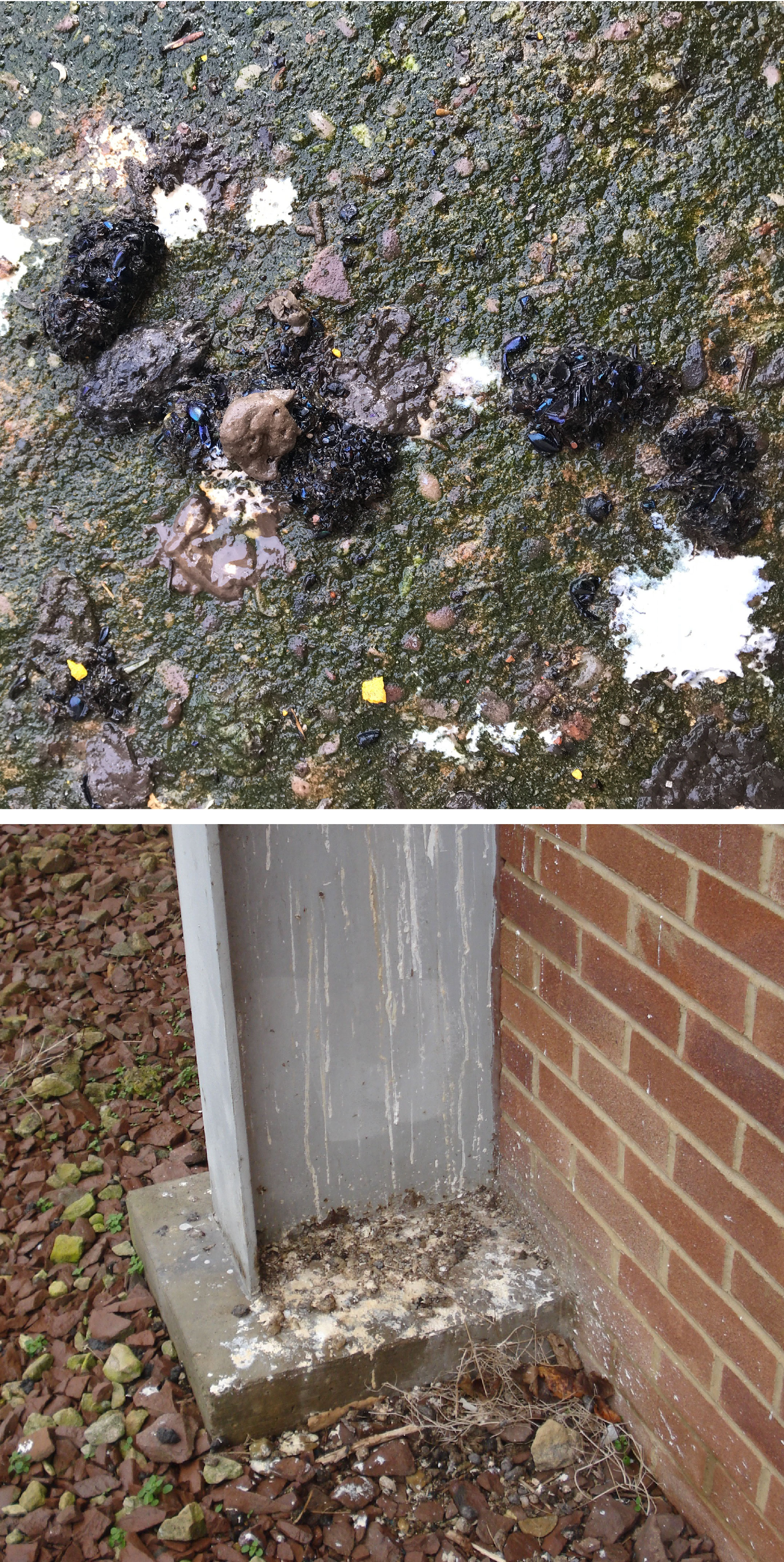
All birds produce pellets, they are produced every 6 – 12 hours and are regurgitated by the bird, they vary in size from ½ inch to 2 inches in length. In birds of prey the pellets include materials such as feathers, fur, insect elytra, bones and other indigestible material.
As can be seen in this photo, insect elytra are present. This reduces the number of species likely to have produced this pellet to the common Kestral, Barn Owl or possibly a Little Owl.
Pellets are often found under nest sites, regular perches or roost locations along with the guano from the bird. Pellets are commonly found on the floor of the building perimeter and indicate that birds of prey are regular visitors to the area. As can be seen in the photo the white guano streaking on the girder and the pellets at the base.
Care should be given to the treatment of external rodents, with an environmental risk assessment (ERA) completed before any treatment plan is implemented.
Lee Clarke of Pest Free Solutions said that the use of break back traps or first-generation anticoagulants (FGARS) like Romax CP as indicated in the CRRU guidelines should be given preference when formulating the treatment plan, with regular follow up visits completed both to check the progress of the treatment but also to search for deceased rodents.
USE BIOCIDES SAFELY. ALWAYS READ THE LABEL AND PRODUCT INFORMATION BEFORE USE.
Please refer to product labels for technical & treatment guidance before commencing with any application.
Manufacturer's guidelines supersede all search information provided by this website.
Professional requirements and regulatory conditions that support the Public Health Sector and we are internationally accredited for Environmental & Quality Management Standards.
